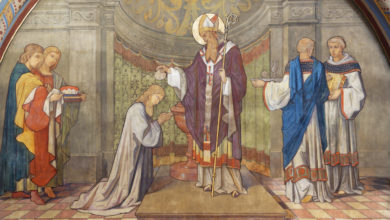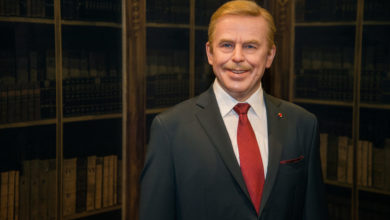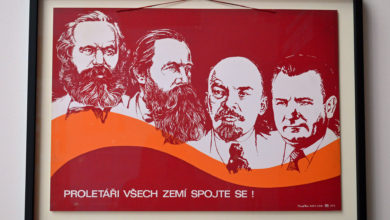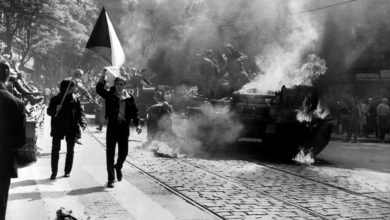Reinhard Heydrich’s Assassination
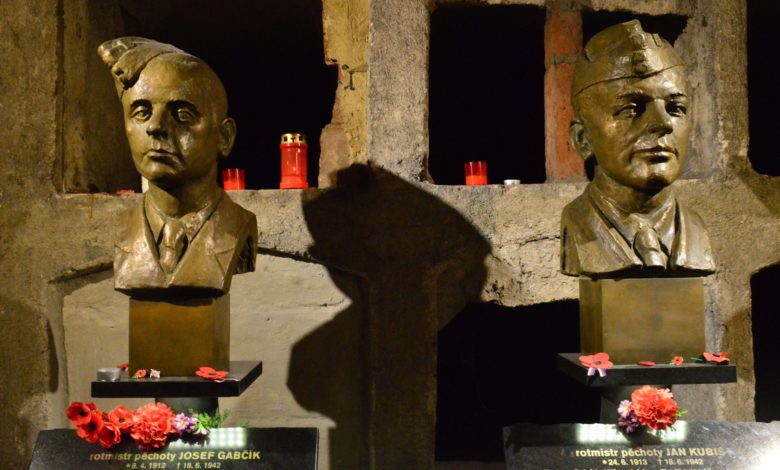
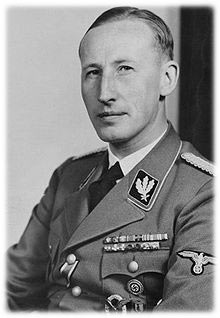 In September of 1941, the SS 2nd in command, and a personal favourite of Hitler, Reinhard Heydrich, who was 1 of the Holocaust masterminds, agreed to replace the ineffectual Otto Neurath as the Czech governor. Heydrich thoroughly understood the part that the Nazi-founded Protectorate of Moravia and Bohemia had in the war efforts of Germany, as the hugely industrialized area was the location of 2 of the biggest armament factories in Europe—one in Brno, and the other in Pilsen.
In September of 1941, the SS 2nd in command, and a personal favourite of Hitler, Reinhard Heydrich, who was 1 of the Holocaust masterminds, agreed to replace the ineffectual Otto Neurath as the Czech governor. Heydrich thoroughly understood the part that the Nazi-founded Protectorate of Moravia and Bohemia had in the war efforts of Germany, as the hugely industrialized area was the location of 2 of the biggest armament factories in Europe—one in Brno, and the other in Pilsen.
When a raft of sabotage incidents looked like they might interrupt supplies to the east front, a focused Heydrich came to Prague with an ominous carrot-and-stick plan. Whilst increasing benefits for workers—wooing the Czech working classes with shoes, spa vacations and meat—he also lashed out violently against the slightest indication of opposition or forbidden economic activities.
Simultaneously, the Czech government was encountering a crisis of credibility in the eyes of Britain. After the British signed the Munich Pact (which was an appeasement pact that would annex the Sudetenland area of Czechoslovakia to the Nazis), 1000’s of Slovaks and Czechs travelled overseas to fight. The few who remained in the occupied country got involved in the underground resistance. Furthermore, instead of occupying Czechoslovakia, a cabinet of sympathetic Czech helpers was able to help the Nazis rule here. The exiled PM, Edvard Beneš, was regarded by the Allies as the self-proclaimed spokesman of a complicit country.
Within this context that 2 paratroopers, Jan Kubiš and Jozef Gabčík, were selected and trained in Scotland, by British Special Operations, for a secretive and—as they got told from the beginning—suicidal operation to assassinate Heydrich.
On the 27th May 1942, in the morning, Heydrich was travelling down Kobylisy hill to make his daily commute. As his open, unaccompanied car reduced speed at a hairpin turning, Gabčík leapt in front of Heydrich’s vehicle and aimed the Sten machine gun he had at Heydrich, and pulled the trigger. However, the gun did not work (it had probably jammed).
Heydrich ordered his chauffeur to halt and pulled his own gun out. At this moment, Kubiš came in from the rear and hurled a homemade grenade which missed and detonated outside the vehicle. However, this explosion was sufficient to injure Heydrich, who was ushered into a local hospital, where he passed away several days later. During his funeral—which was the most prestigious Nazi funeral event ever—Hitler seemed genuinely upset, and Heydrich was proclaimed as the role model for all SS members.
In the Protectorate, the response of the Nazis was barbaric. Martial law got declared, 2 villages were promptly demolished, and in the following months, 5000 people were killed. A reward was offered for information resulting in the arrest of the killers. A member of a different unit of paratroopers, Karel Čurda, betrayed his colleagues. On the 18th June, at 4:15 am, the Gestapo approached the Methodius and Sts Cyril Church that the two paratroopers were hiding in on Resslova street. Following two hours of fighting, Kubiš, guarding the church’s nave, was killed alongside 2 other guards. Gabčík, along with 3 other paratroopers, took his own life in the crypt beneath.
Over the years, opinion about Heydrich’s assassination has varied. Many were appalled at the loss of life and believed that it essentially eliminated the Czech underground opposition. Because the mission originated from the British (as opposed to the Soviets or from native sources), this also resulted in problems after the takeover by the communists. The mission was officially portrayed as symbolic but shortsighted.
These days, historians complement the sacrifices that were made. In the days following the mission, the government in Britain revoked its’ signature from the Munich Pact, acknowledging the prewar boundaries of Czechoslovakia; the French government also did this 2 months afterwards. Heydrich—whose assassination was amongst the most noteworthy resistance acts in occupied Europe—was the highest-ranking Nazi officer killed whilst in office. On anniversaries of the assassination, Czech politicians adorn the pavement near the crypt with flowers and wreaths. In 2009, the place where Heydrich was assassinated (adjacent to the Terezín freeway, in the north of the town) was marked, finally, with an appropriate monument.

